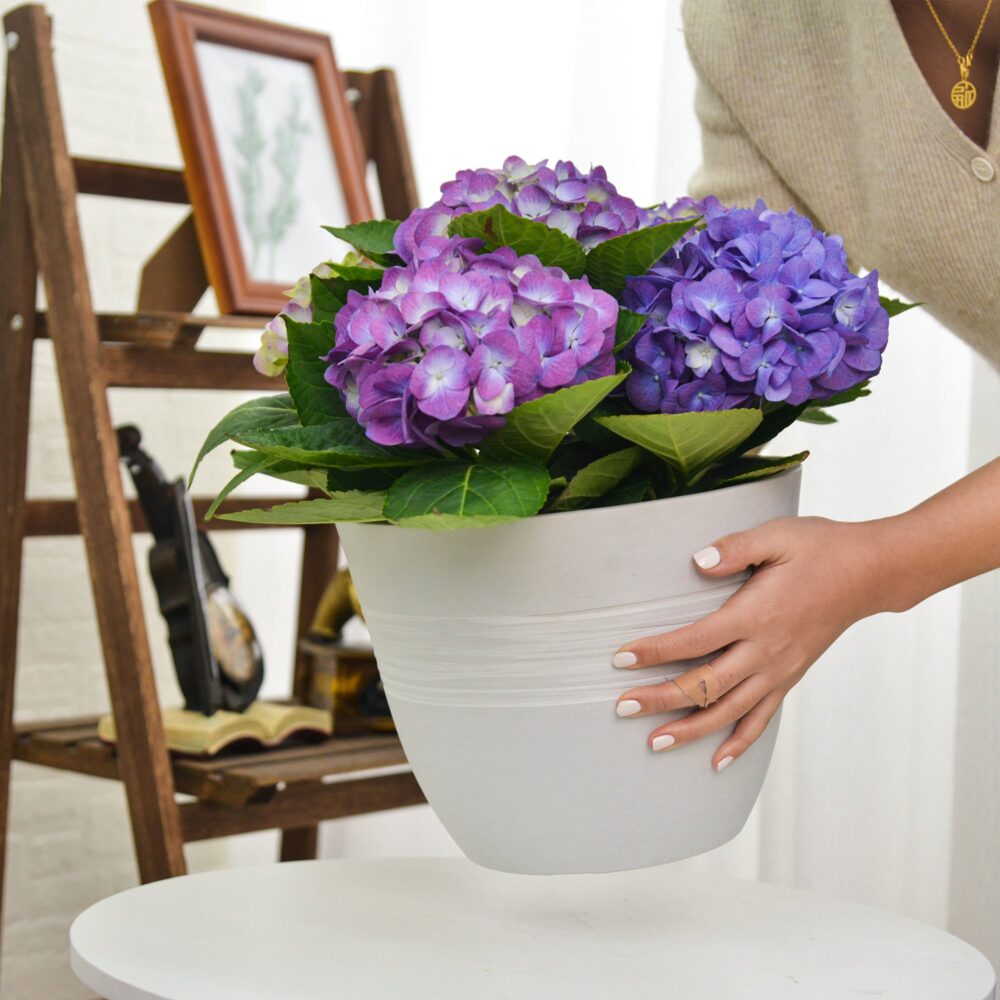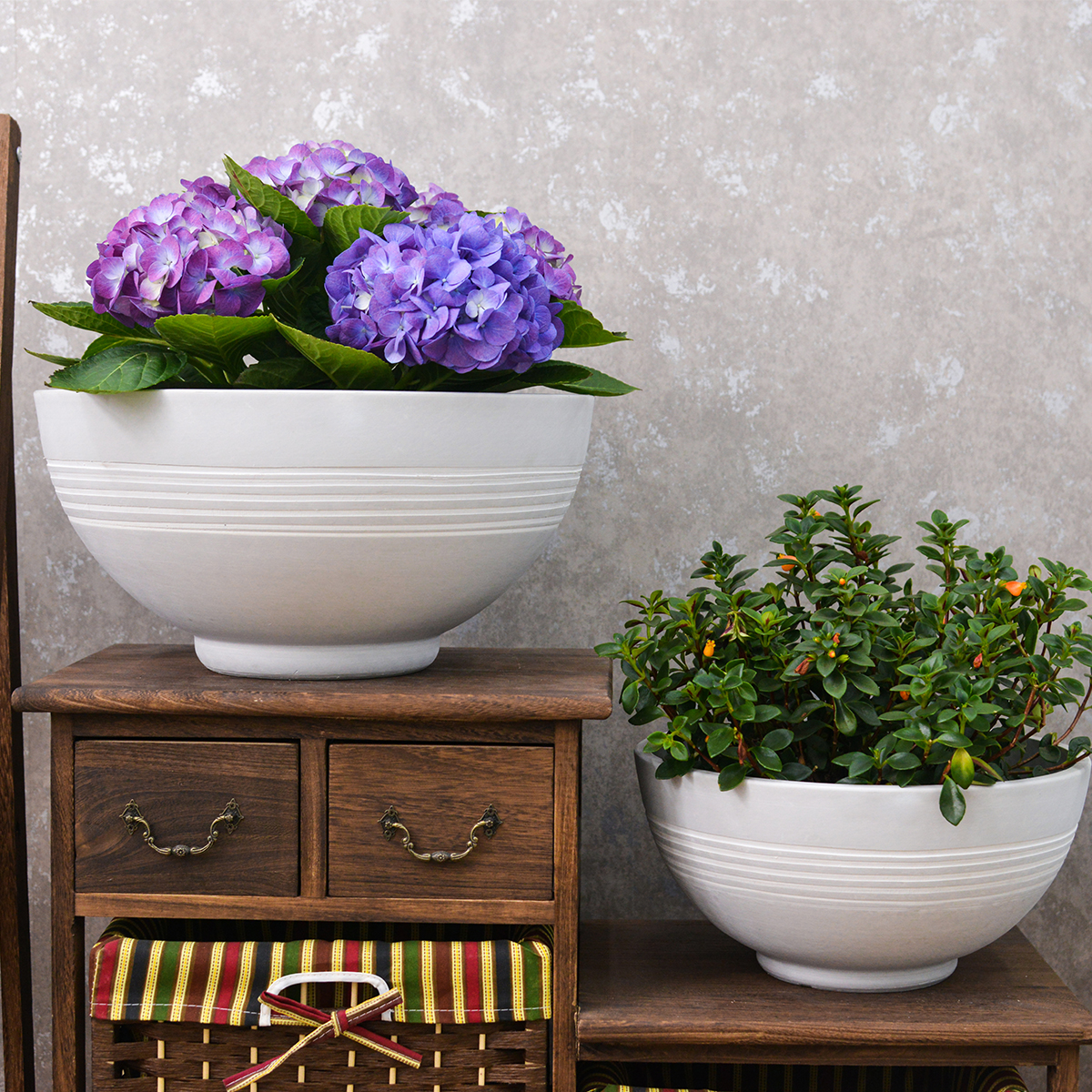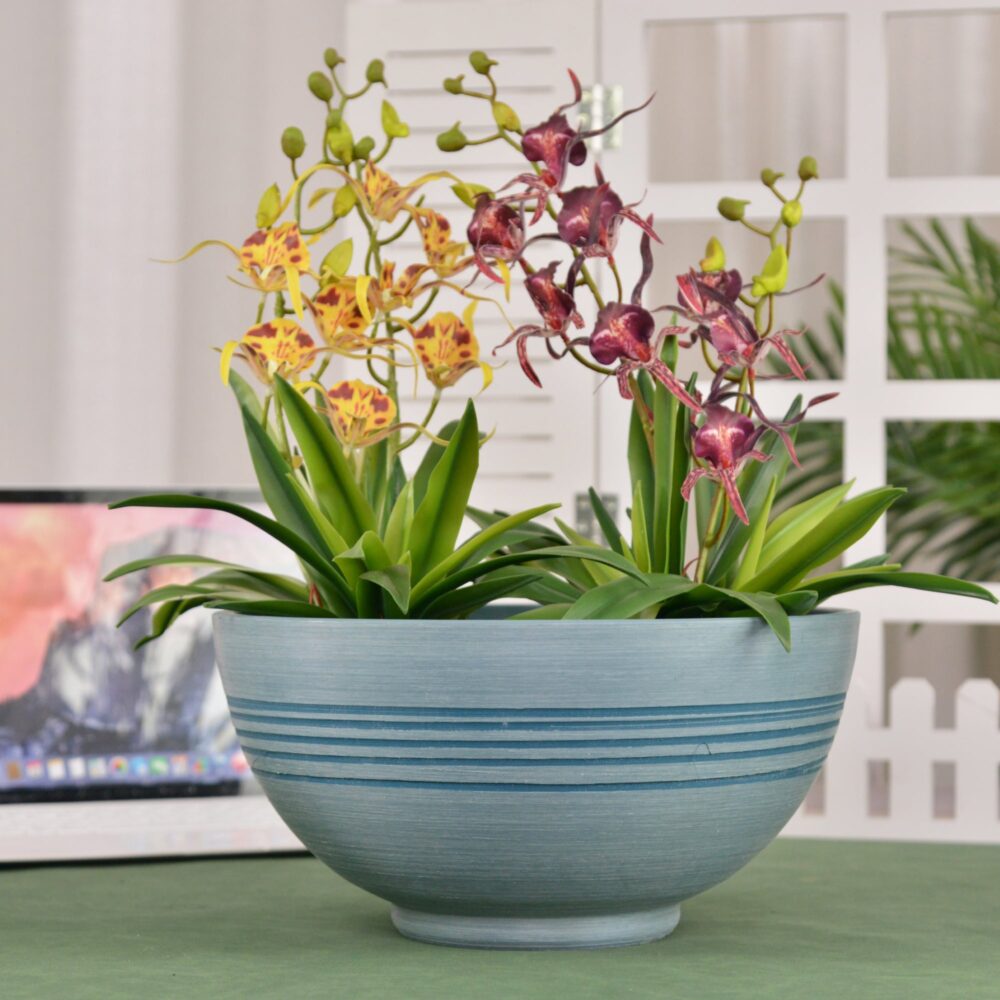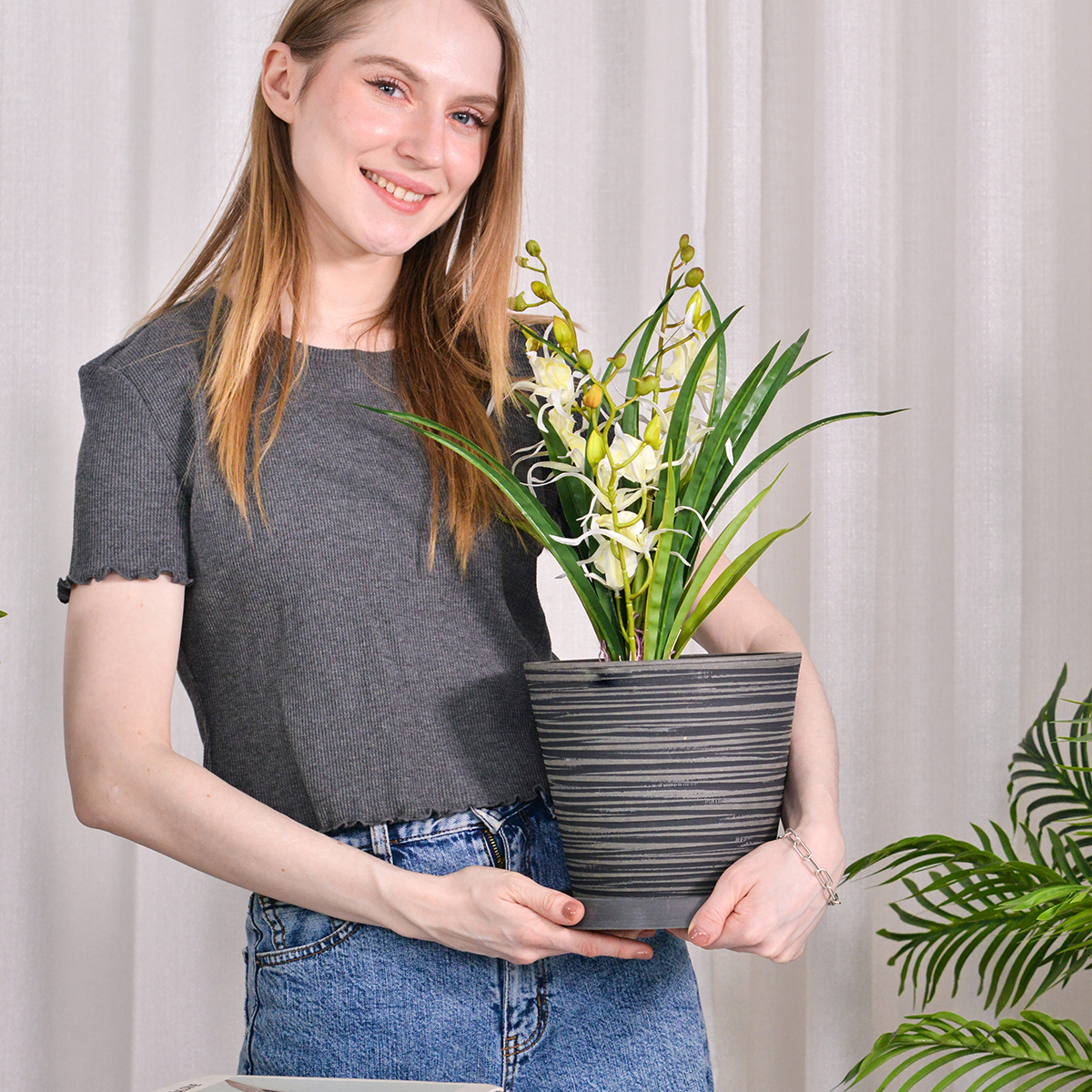What is the Disadvantage of Self-Watering Pots? Understanding the Downsides
Self-watering pots have gained popularity for their convenience in keeping plants hydrated, especially for busy plant enthusiasts. However, while they offer numerous benefits, they aren’t a perfect solution for every plant or every situation. Understanding the potential disadvantages of self-watering pots is crucial for making informed decisions about your plant care routine. Let’s delve into some of the key drawbacks.
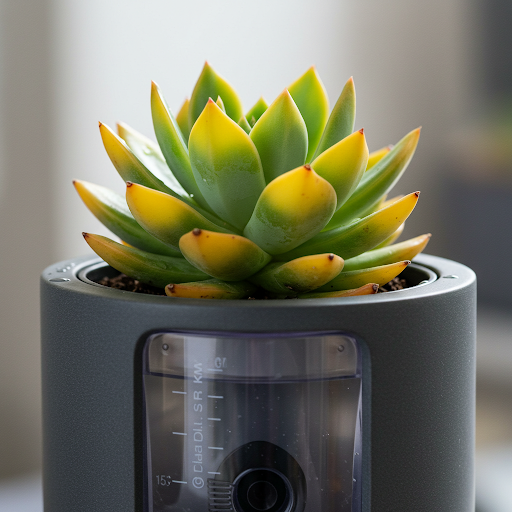
The Risk of Overwatering: A Major Concern
One of the primary disadvantages of self-watering pots is the potential for overwatering, especially for certain types of plants. These pots work by providing a constant source of moisture to the soil through a reservoir. While this can be beneficial for plants that like consistently moist conditions, it can be detrimental to those that prefer to dry out between waterings.
- Plants Prone to Root Rot: Plants like succulents, cacti, many herbs (like rosemary and thyme), and some flowering plants are susceptible to root rot if their roots are constantly sitting in wet soil. Self-watering pots can inadvertently create this perpetually moist environment, leading to fungal growth and ultimately the demise of your plant.
Not Suitable for All Plant Types
As mentioned above, self-watering pots are not a one-size-fits-all solution. Plants have diverse watering needs, and some thrive on a cycle of wet and dry.
- Plants Preferring Dry Conditions: If you primarily grow succulents, cacti, or Mediterranean herbs, self-watering pots are generally not recommended. These plants need the soil to completely dry out between waterings to prevent root rot and mimic their natural habitats.
- Plants Sensitive to Constant Moisture: Some plants, even if they enjoy regular watering, can suffer if the soil is constantly saturated. They need periods of aeration for healthy root development.
Potential for Salt Buildup
Minerals and salts present in tap water and fertilizers can accumulate in the reservoir of self-watering pots over time. This buildup can eventually become harmful to the plant’s roots.
- Regular Flushing May Be Necessary: To combat salt buildup, you might need to periodically flush the soil in your self-watering pots with fresh water, allowing it to drain completely.
Can Mask Underlying Issues
While consistent watering can be beneficial, self-watering pots might make it harder to notice other underlying problems with your plant.
- Delayed Detection of Pests or Diseases: You might not be checking the soil surface as frequently as you would with traditional watering, potentially delaying the detection of pests or early signs of disease.
- Hides Soil Condition: It can be more challenging to gauge the overall health and condition of the soil in a self-watering pot, as the top layer might appear dry while the bottom remains consistently wet.
Cost and Maintenance
Self-watering pots can often be more expensive than traditional terracotta or plastic pots. Additionally, they require some level of maintenance.
- Higher Initial Cost: Be prepared to invest more upfront if you choose to use self-watering pots.
- Reservoir Refilling: You’ll need to regularly check and refill the water reservoir, which adds a step to your plant care routine.
- Occasional Cleaning: The reservoir might need occasional cleaning to prevent algae growth or the buildup of mineral deposits.
Limited Visibility of Soil Moisture
While the reservoir level indicates the water supply, it doesn’t always accurately reflect the moisture level in the root zone, especially in the upper layers of soil.
- Reliance on the System: You might become too reliant on the self-watering mechanism and neglect to physically check the soil, potentially leading to issues.

Conclusion: Are Self-Watering Pots Right for You?
Self-watering pots can be a convenient and effective way to keep many types of plants consistently hydrated, especially for those with busy schedules or who tend to underwater. However, they are not without their drawbacks. The potential for overwatering, the unsuitability for certain plant types, and the possibility of salt buildup are important factors to consider. By understanding these disadvantages, you can make an informed decision about whether self-watering pots are the right choice for your specific plants and gardening style.
Planter for Indoor Outdoor Plants, Set of 2 Modern Decorative Plant Pots with Drainage Hole, Decorative Flower Pots
By greenship-seo|2025-01-14T12:26:44+00:00January 14, 2025|Categories: Hand-carving Series|Tags: Decorative Flower Pots|
KC3-09k
By greenship|2024-08-16T06:24:36+00:00August 16, 2024|Categories: Hand-carving Series|
13 inch Planter for Indoor Plants, Set of 2 Modern Decorative Plant Pots with Drainage Hole, Cute Bowl Shape Flower Pots
By greenship-seo|2025-04-10T07:41:46+00:00January 10, 2025|Categories: Hand-carving Series|Tags: Decorative Flower Pots, Self-Watering Pots|
20VD
By greenship|2024-08-13T06:43:41+00:00August 13, 2024|Categories: Hand-carving Series|
K2-11T
By greenship|2024-08-13T04:21:25+00:00August 13, 2024|Categories: Hand-carving Series|
Modern Plant Pots with Drainage – Indoor & Outdoor Use (6″ Widths)
By greenship-seo|2025-04-10T06:29:43+00:00February 6, 2025|Categories: Hand-carving Series|Tags: Decorative Flower Pots|

